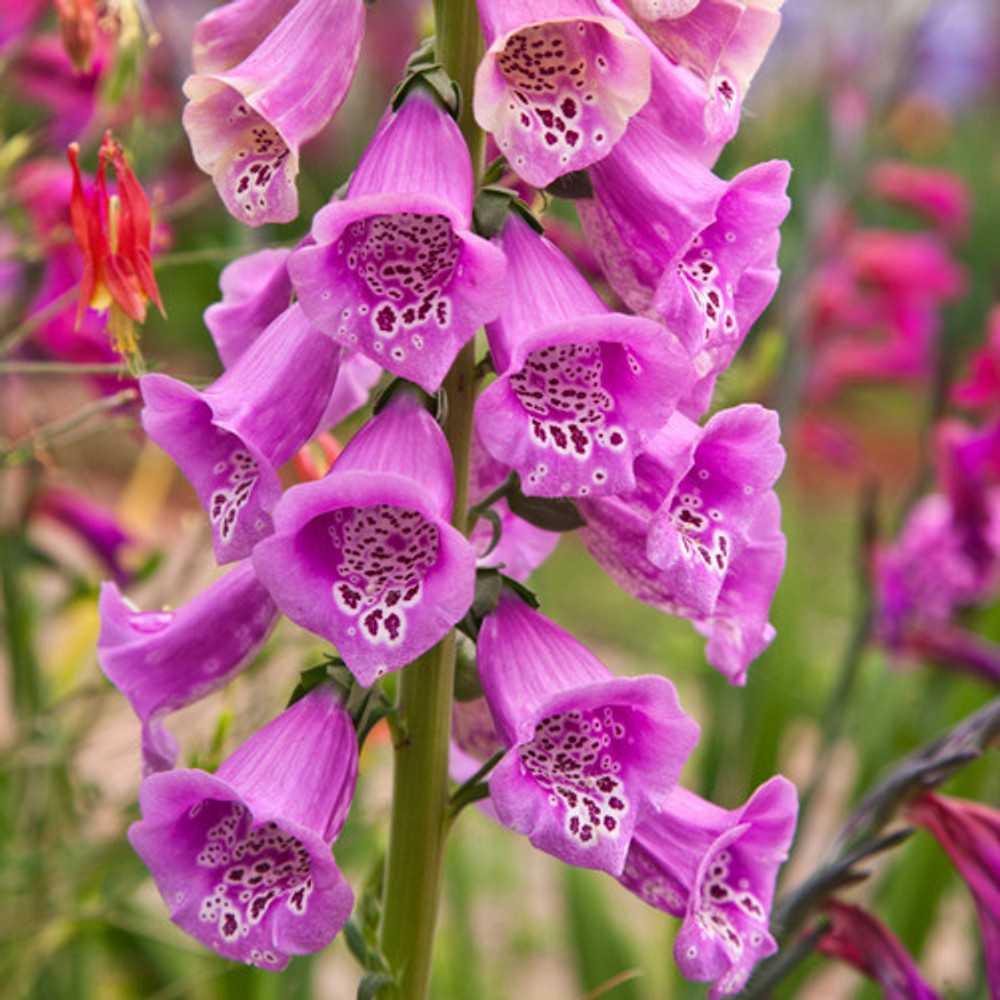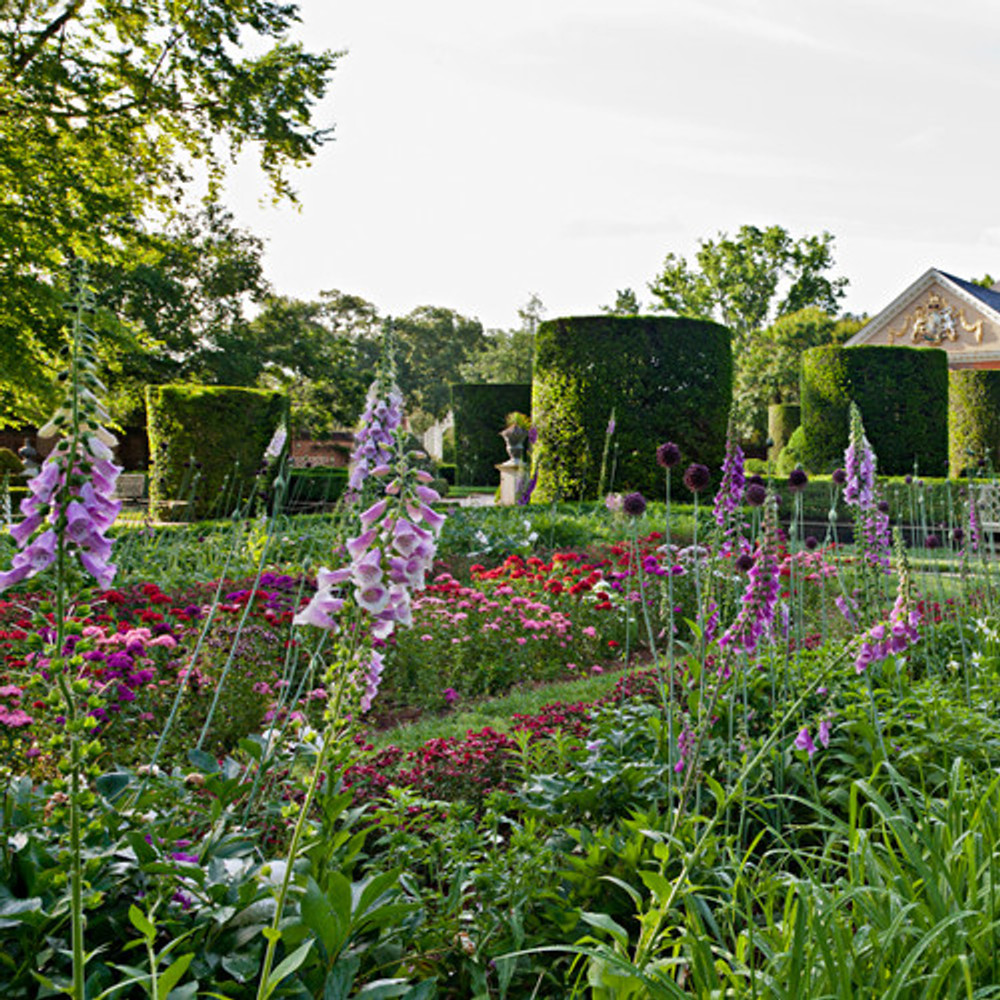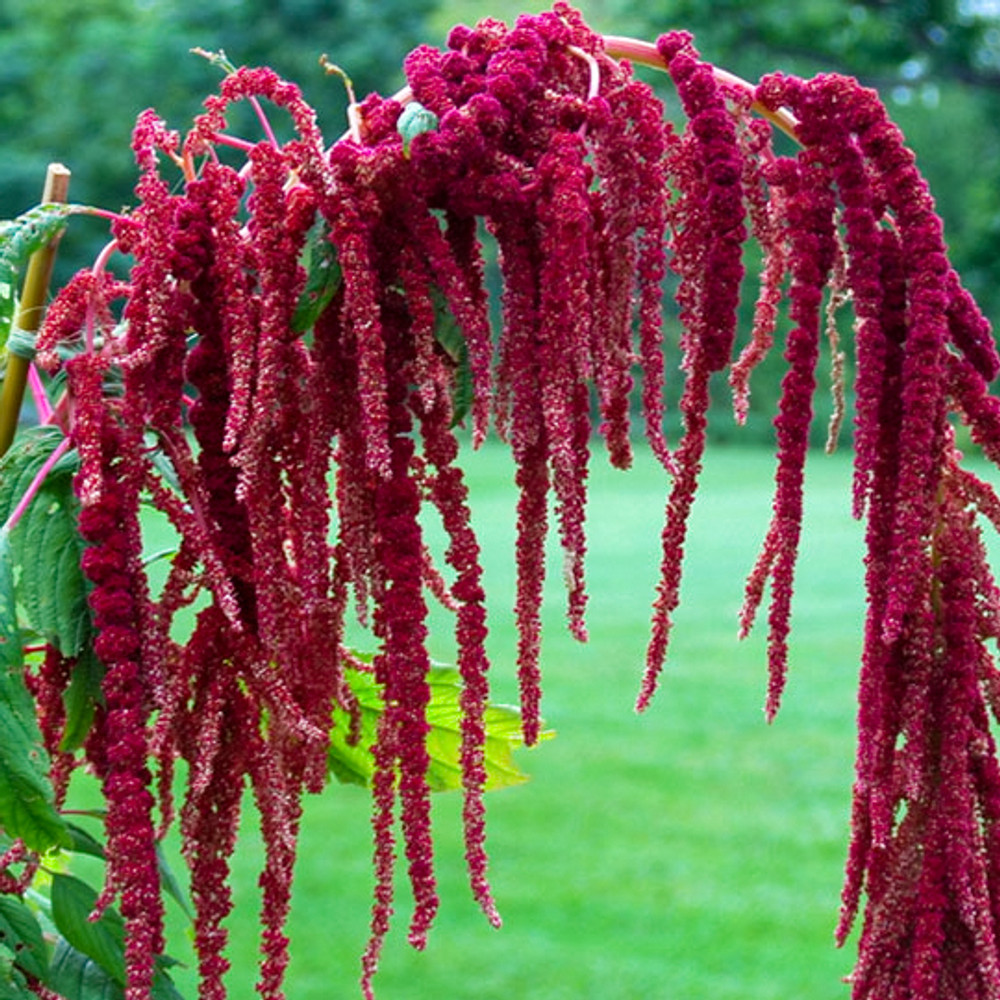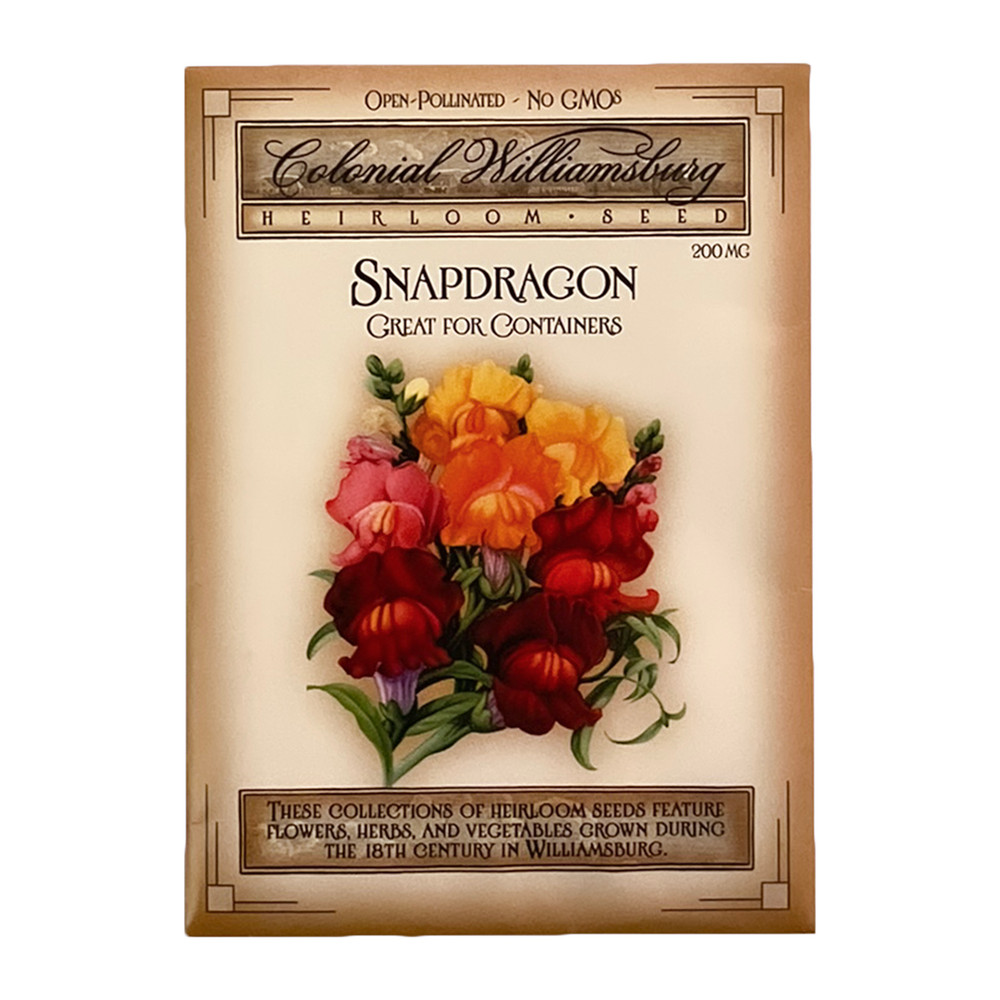Product Description
Sunflowers should be our national flower, but alas, that honor goes to the rose. The sunflower is native to the Southeastern United States, but eons ago it made its way to South America where it became an important staple crop of the Incans who grew the plant for its seeds and for oil. Native Americans ground the seeds to make meal cakes, a source of protein that sustained them through the winters, and made dyes from some purple flowered varieties.
Planting Instructions
FULL SUN – Sunflowers are incredibly easy to grow from seed. Plant these Common Sunflower Flower Seeds in very late spring when the ground has warmed considerably. Space the seeds 6 inches apart and cover with 1 inch of soil. Moisten the soil and keep slightly moist until germination which will occur in 7 to 10 days. Thin seedlings to provide 12 inches between plants and 3 feet between rows. For continuous blooms, start a second group of seeds in mid-summer. These plants will bloom in September and October.
Features
- 200 mg seed packet
- Annual Plant, Helianthus annuus
- Plant 12 inches apart at a 1-inch depth
- 7-10 Days to Germination
- 120 Days to Blossom
- Made in the USA
- CW Exclusive
Inspiration
The Spanish introduced the sunflower into Europe in the 16th century, and by 1596, the famous English herbalist, John Gerard, was extorting the virtues of this wonderful plant. Gerard wrote that he ate the flowerbuds like globe artichokes and he found them to be "surpassing the Artichoke far in procuring bodily lust". Sunflowers grew in many sizes, shapes, and colors. Those native to the West exhibited frequent branching and were shorter. Those native to the East had larger flowerheads, less branching and were taller.
Czar Peter the Great played a key role in expanding the popularity of the sunflower. While on a trip to Holland, he discovered the plant and brought seeds back to Russia. He began to cultivate sunflowers and encouraged his Russian people to do the same. His efforts launched one of the largest scale agricultural production programs of the 18th century. By the early 19th century more than two million Russian acres were under cultivation with sunflowers.















